A region that seems tailor-made for those who love nature, outdoor walks among meadows and mountains, and a sustainability-conscious life : this is Vorarlberg, Austria. It is, after Vienna, the smallest of Austria’s regions as well as the westernmost: in fact, it is located between the Arlberg massif and Lake Constance; however, despite its small size (about 2,500 square kilometers), Vorarlberg, from a tourist point of view, is very popular and well known for alpine skiing. During the cold season there are many tourists who go to the many ski resorts, among them Kleinwalsertal in the northeast of the region and Lech am Arlberg located in the east; in the warm season, however, come the fans of long nature walks and water sports to be enjoyed on Lake Constance. High mountains rise in the central and eastern part of the region, while the western part is dominated by the Rhine valley and the coast of Lake Constance.
The capital of Vorarlberg is Bregenz, a city that in its lowest part faces the lake, while the highest part is located on the slopes of Mount Pfänder: a city, therefore, that is divided between lake and mountain within a short distance of each other (reachable in only six minutes from the center of Bregenz by cable car). In addition to its lake and mountain scenic beauty, the city also offers art, culture and events that are now part of tradition: one can, for example, visit the Kunsthaus, the large museum of contemporary art, or attend the famous Bregenz Festival, a summer music event held between July and August that is among the most spectacular in the world, since it is held on a floating stageon Lake Constance and is enhanced each year by surprising and imaginative stage designs.
 |
| Bregenzerwald ©Oesterreich Werbung / Nina Baumgartner |
 |
| Bregenzerwald ©Oesterreich Werbung / Nina Baumgartner |
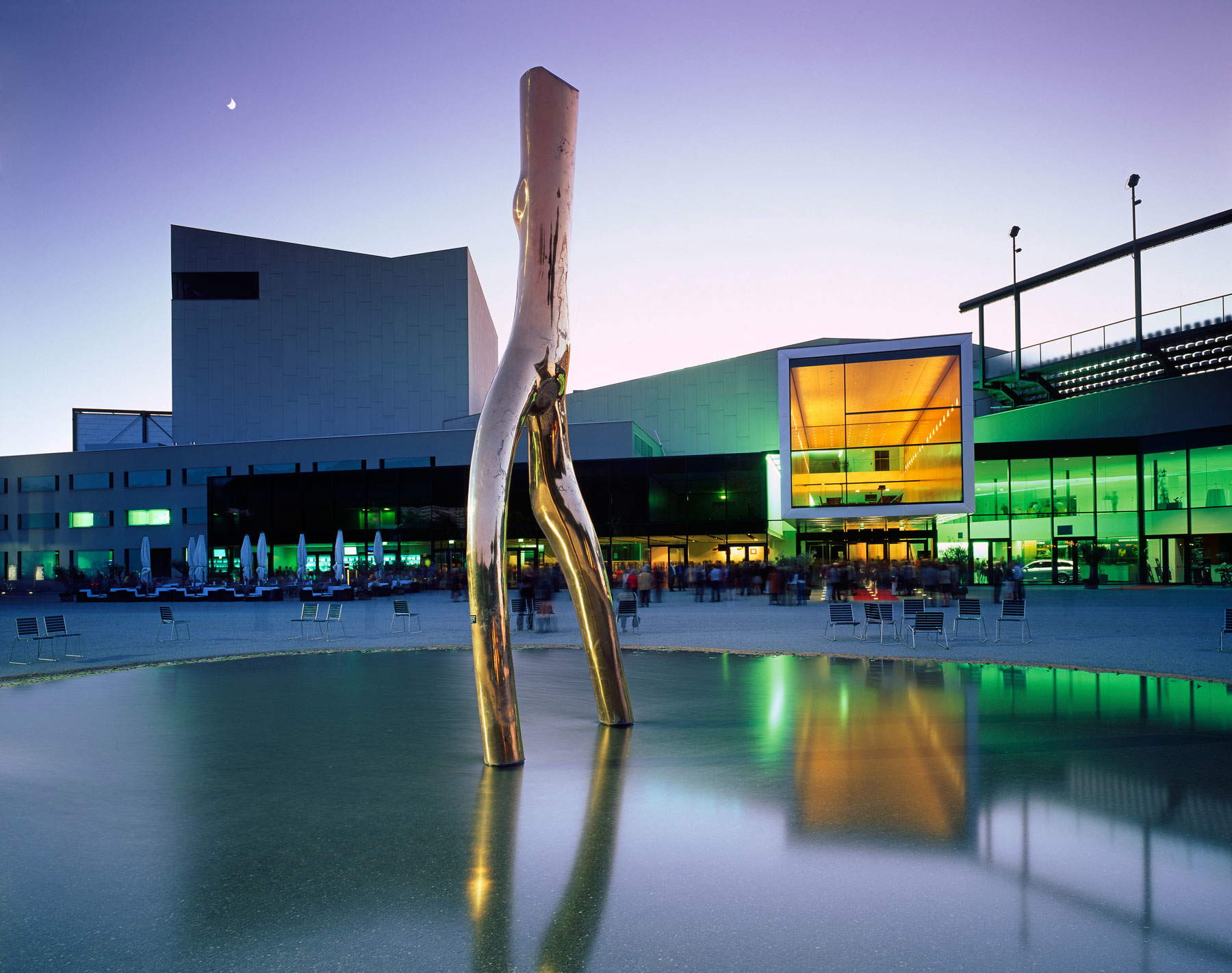 |
| Festspielhaus in Bregenz ©Oesterreich Werbung / Popp Hackner |
 |
| Location of Boedele in the Bregenzerwald ©Oesterreich-Werbung / Popp-Hackner |
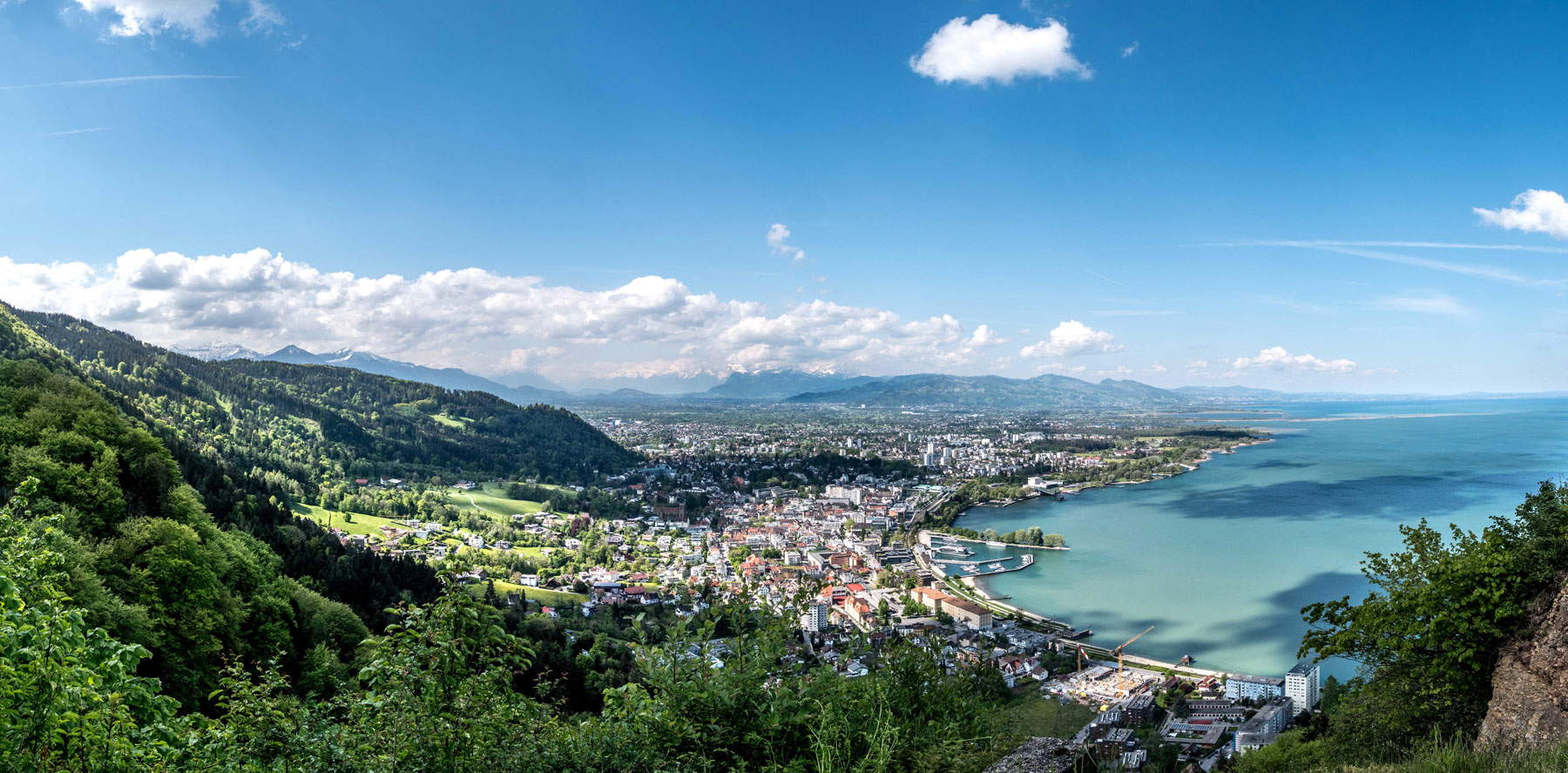 |
| Panoramic view of Bregenz ©Bregenz Tourismus Stadtmarketing GmbH / Christiane Setz |
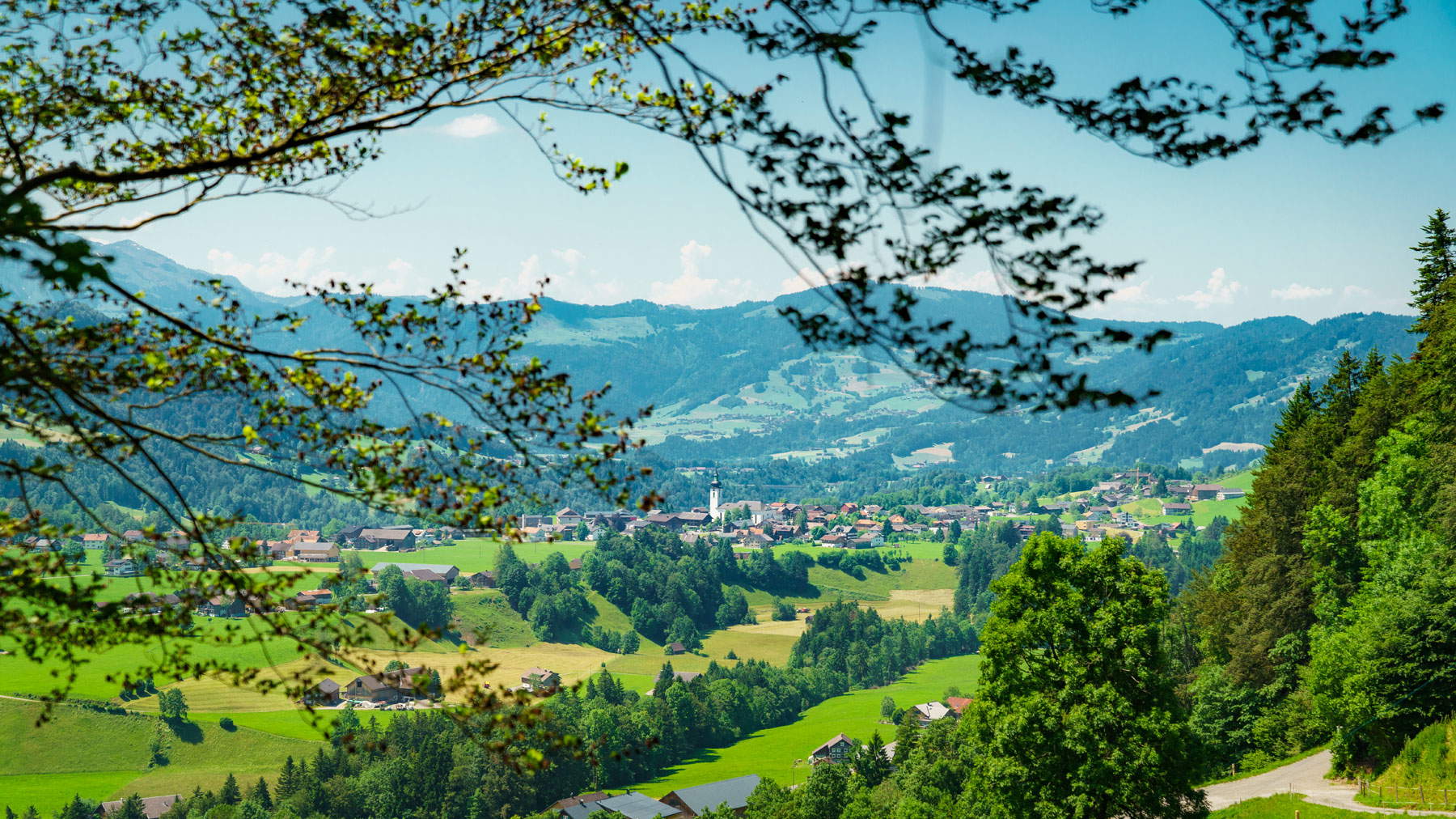 |
| View of Hittisau in the Bregenzerwald ©Oesterreich Werbung / Dietmar Denger |
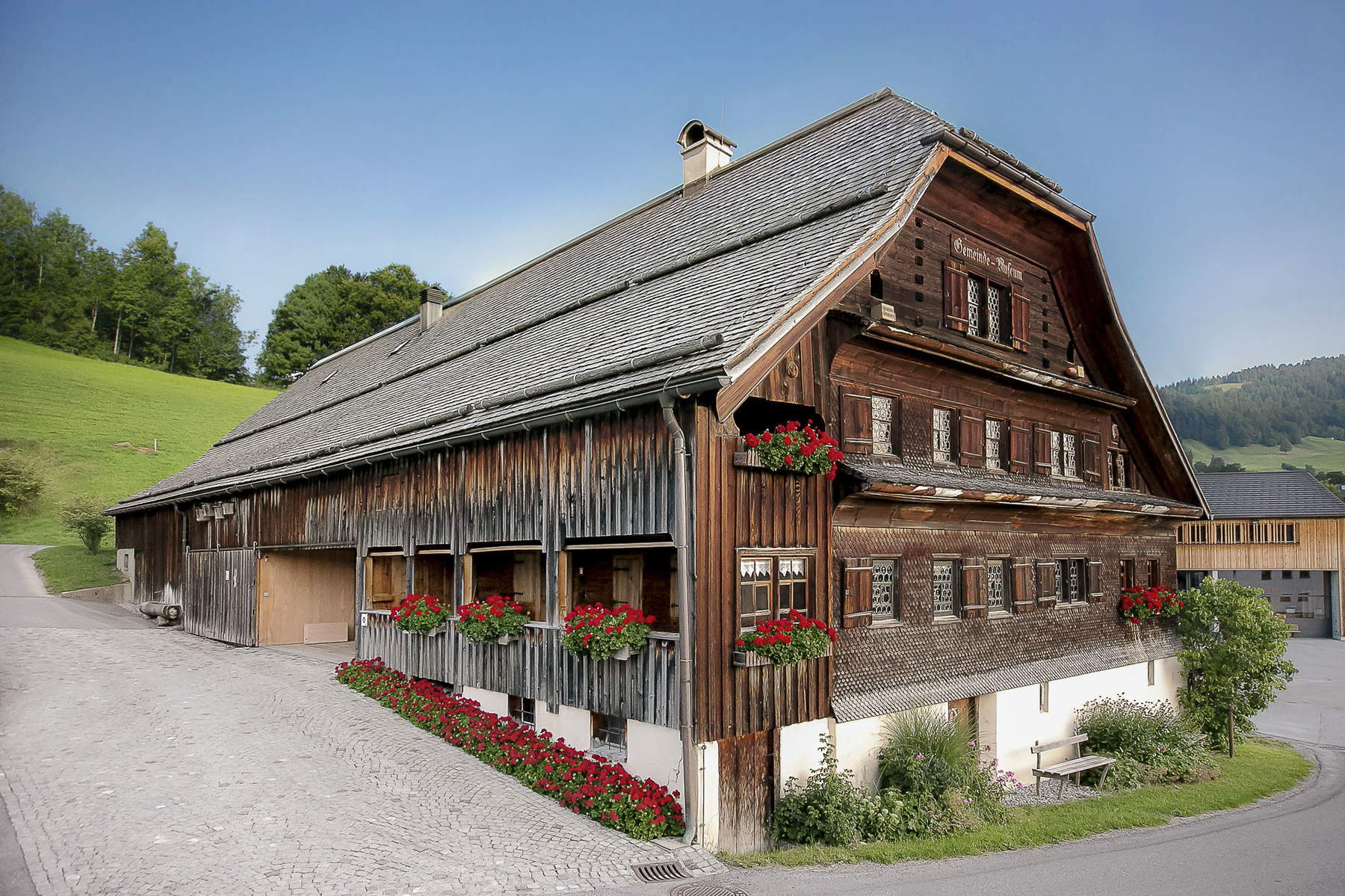 |
| Angelika Kauffmann Museum, exterior. Photo Hirschbuehl |
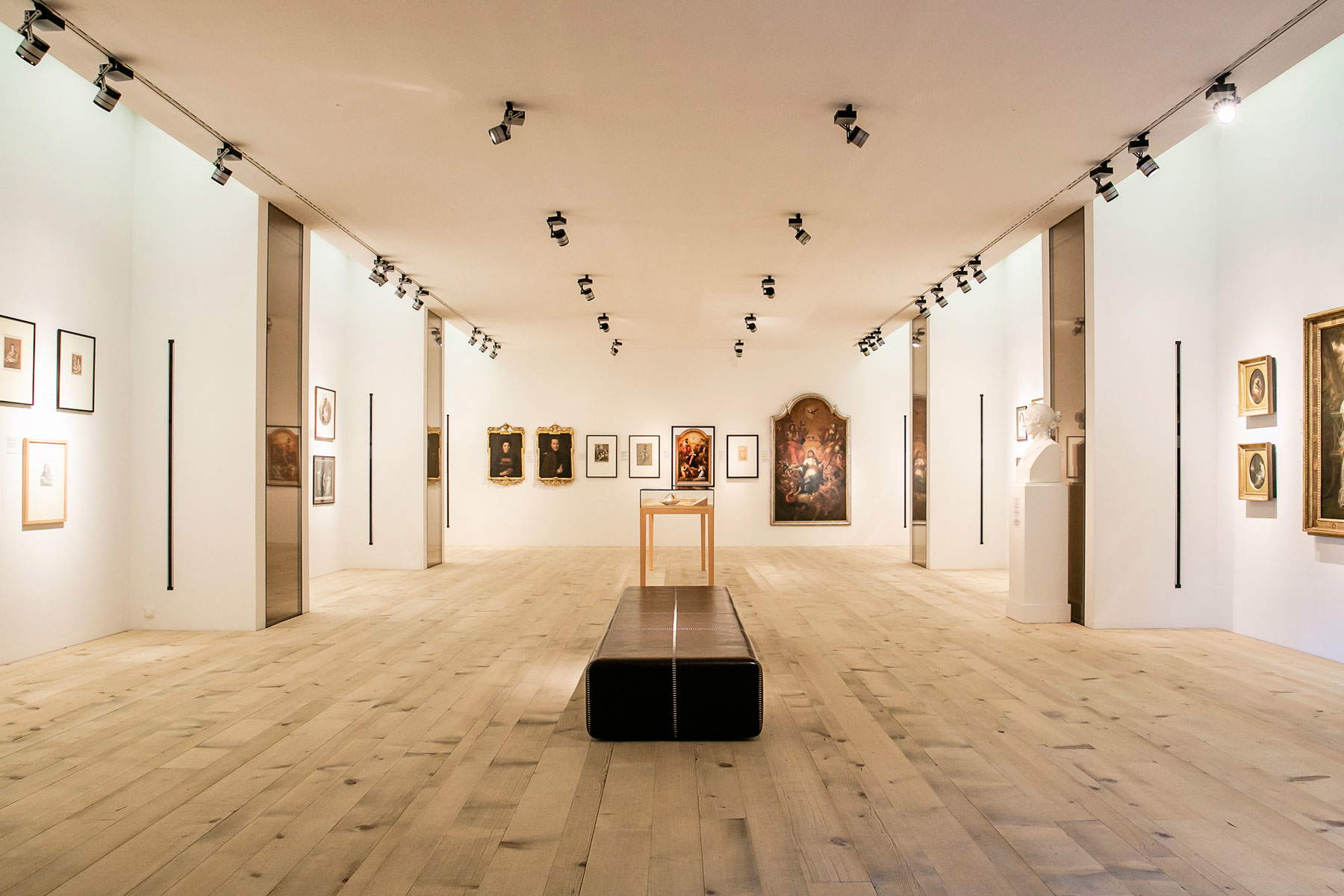 |
| Angelika Kauffmann Museum, interior. Photo Hirschbuehl |
The upper part of Bregenz, the Oberstadt, is also the oldest part, and here there are still traces of its Roman origins, when it was called Brigantium. A tour through the small streets of the town, all the way to the Ehregutaplatz, a small square surrounded by typical half-timbered houses, is highly recommended. In the lower part, the Kunsthaus Bregenz, known as KUB because of its cube-like structure covered with glass plates, is worth a visit: a must-see museum of contemporary art, it was designed by Peter Zumthor and opened in 1997; the Vorarlberg Museum, on the other hand, is dedicated to the history of the region with more than 150,000 artistic, archaeological, historical and folkloric artifacts.Modern architecture, as in the case of that of the KUB, fits harmoniously into the Vorarlberg landscape, so much so that the school of"Vorarlberg architecture" is actually referred to: everything here is made of wood, from houses to inns and stables, and even the museum buildings are made of wood, making the region’s architectural tradition coexist with modern forms. The new architecture of Vorarlberg is simple and sustainable, traditional on the one hand, but at the same time open to the world. The typical regional architecture of the past is still fully present in the villages of Schwarzenberg and Sulzberg in the Bregenzerwald, the valley that divides Austria from Germany east of Bregenz, whose landscape is characterized by forests and pastures enclosed between Lake Constance and the mountains and its typical wooden houses.
Schwarzenberg is home to a museum dedicated to Angelika Kauffmann (Chur, 1741 - Rome, 1807), a painter, especially a portrait painter, who was among the most innovative and unconventional of the 18th century and one of the freest, most independent, emancipated and cosmopolitan women of her time. She spent part of her life in the village, as her father, Josef Johann Kauffmann, also a painter, was a native of Schwarzenberg, and at the age of sixteen Angelika painted the church frescoes, where she depicted thirteen portraits of apostles.
TheAngelika Kauffmann Museum brings together many works by the celebrated Neoclassical painter. It was opened in 2007 in a historic 16th-century house in the Bregenzerwald, in the former agricultural wing of the Kleberhaus, to celebrate the artist in a 220-square-meter exhibition area through the permanent collection, temporary exhibitions and events. Architect Helmut Dietrich renovated the building by combining the old and the modern and highlighting old exposed beams and the dark log walls of the 1556 residential wing. To visit the Angelika Kauffmann Museum is to immerse oneself in the artist’s life and works in her places of origin, surrounded by the landscapes and mountains she saw herself.
In summer, the village of Schwarzenberg also hosts the world’s most important festival dedicated to the composer Franz Schubert (Vienna, 1797 - 1828), the Schubertiade, founded in 1976: it offers about eighty events each year, attracting more than thirty thousand visitors.
Between nature, art, architecture, music, beautiful scenery and traditions, Vorarlberg is a summer and winter vacation destination that offers recreation and relaxation always with sustainability in mind.
To learn about the Vorarlberg and Bregenzerwald region, you can visit austria.info.
Warning: the translation into English of the original Italian article was created using automatic tools. We undertake to review all articles, but we do not guarantee the total absence of inaccuracies in the translation due to the program. You can find the original by clicking on the ITA button. If you find any mistake,please contact us.